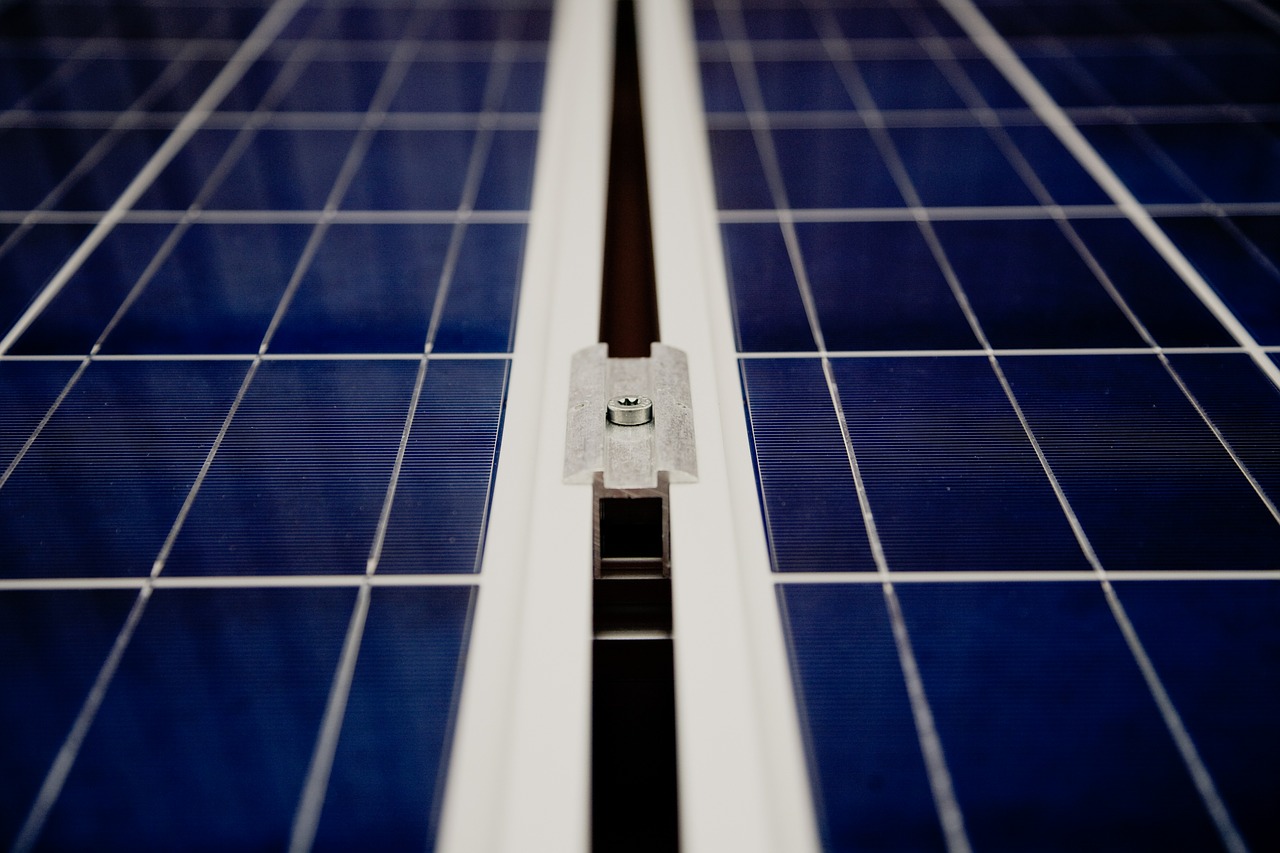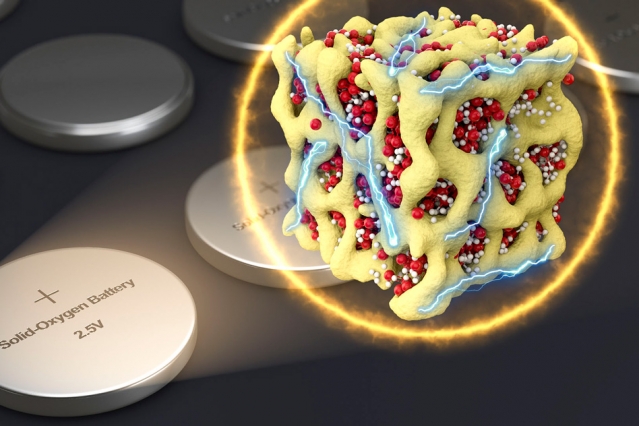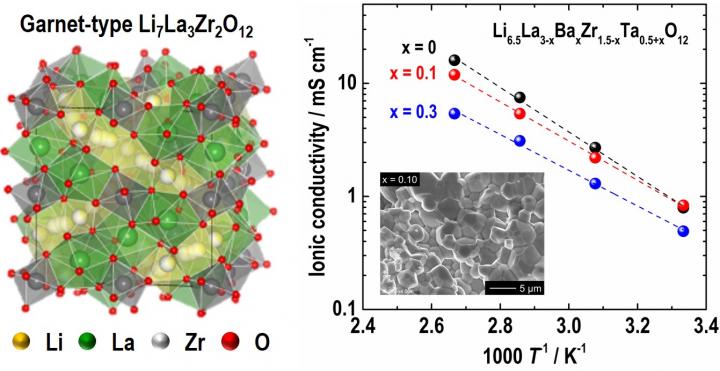
Image: CC0 Public Domain
An interdisciplinary team of researchers based out of the University of Illinois at Chicago believes they may have just changed the game in solar cell technology.
According to the recently published study, the team promises a solar cell that not only harvests energy, but cheaply and efficiently transforms atmospheric carbon dioxide into useable hydrocarbon fuel – all with a little help from the sun.
The new development differs from typical solar technology, where the cells convert sunlight into energy to be stored in batteries or other energy storage devices. Instead, the new research uses solar cells in a way similar to organic photosynthesis, just amplified.
By capturing dangerous greenhouse gases and converting them into alternative, clean fuels, the researchers believe a farm full of these “artificial leaf” solar cells could begin to significantly reduce the amount of carbon dioxide in the environment and help shift the energy landscape toward more green alternatives.
“The new solar cell is not photovoltaic—it’s photosynthetic,” says Amin Salehi-Khojin, senior author of the study. “Instead of producing energy in an unsustainable one-way route from fossil fuels to greenhouse gas, we can now reverse the process and recycle atmospheric carbon into fuel using sunlight.”



 Nomination Deadline: September 1, 2016
Nomination Deadline: September 1, 2016




